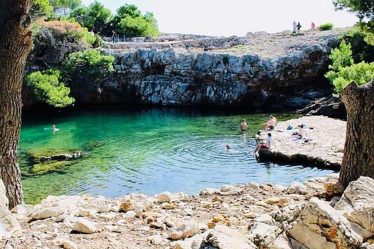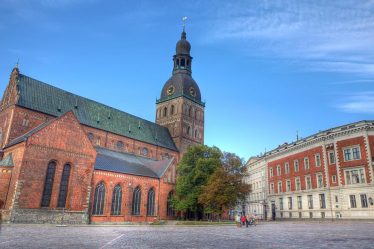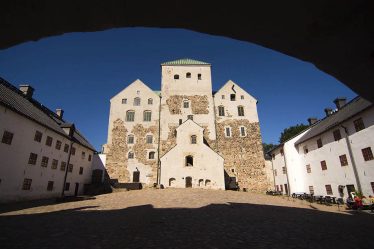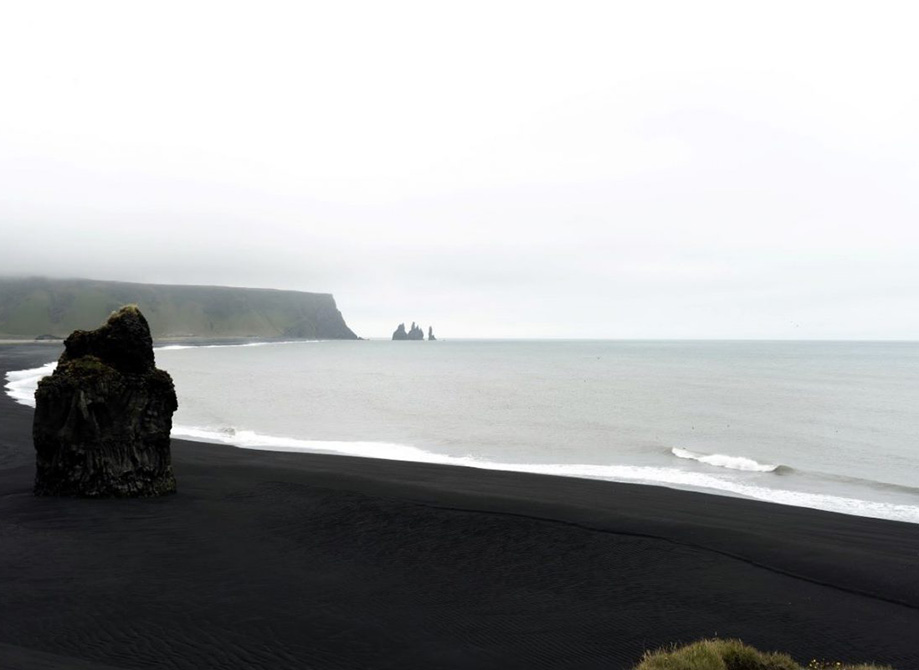
If I had to choose one journey that changed how I see the world, it would be the week I spent driving Iceland’s Ring Road. The landscape felt almost otherworldly—volcanic deserts, thundering waterfalls, ice-capped mountains, and coastal cliffs that dropped into the cold, roaring sea. It was a trip that wasn’t just about seeing a country, but about truly feeling its raw, untouched power.
In this guide, I’ll share my complete experience of driving the full Ring Road (Route 1), including what I loved most, the challenges I faced, and practical tips for anyone looking to take on this adventure themselves.
What Is Iceland’s Ring Road?
The Ring Road, or Route 1, is a national highway that circles the entire country of Iceland. It stretches for about 1,322 kilometers (around 821 miles) and connects most of the inhabited parts of the island. It passes through small fishing villages, dramatic landscapes, and countless natural wonders—making it the ultimate road trip route for adventurous souls.
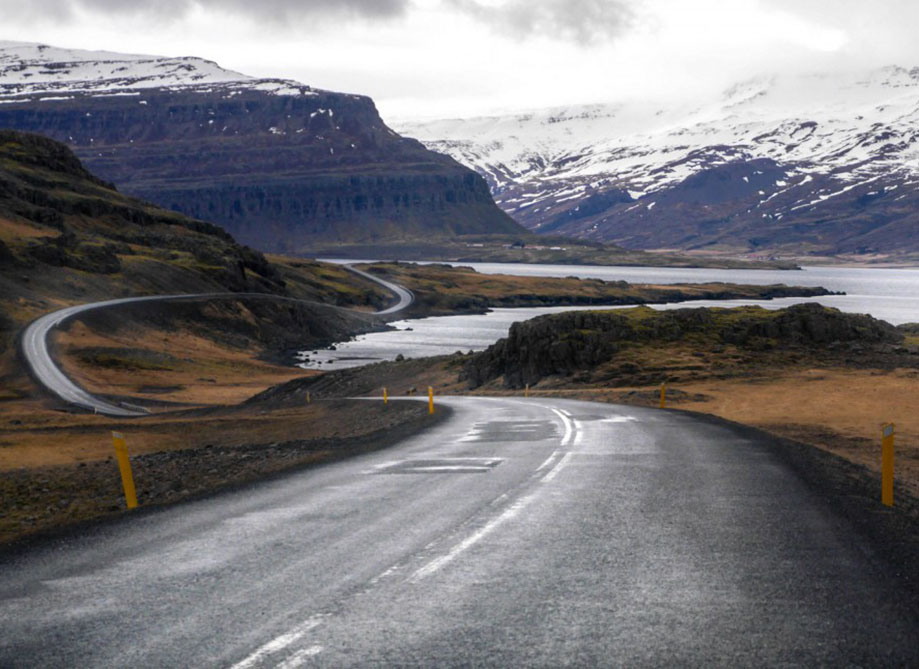
Planning the Trip: Rental, Route, and Mindset
I picked up a compact 4×4 vehicle in Reykjavik, stocked up on snacks, filled up the gas tank, and plotted my clockwise course. Although many travelers go counter-clockwise, I had a gut feeling about starting south and looping around from there. That decision shaped my journey in the most beautiful way.
What I didn’t realize at the time was that the journey would be less about ticking off sights and more about slowing down, breathing in the wild air, and finding wonder in the unexpected.
Day 1–2: Reykjavik to Vik – Waterfalls and Black Sand Beaches
Leaving the capital behind, I headed southeast toward Vik. Within a couple of hours, I was already stunned by the natural beauty. The waterfalls along this stretch are some of the most iconic in Iceland—Seljalandsfoss and Skógafoss especially. Seljalandsfoss lets you walk behind it (yes, behind the waterfall), which felt like stepping into a fantasy novel. The cold mist soaked my jacket, but I didn’t care. I was too busy grinning.
Vik itself is a charming little village nestled beneath a dramatic mountain ridge. The black sand beaches at Reynisfjara were hauntingly beautiful. Towering basalt stacks rose from the sea, and the waves crashed with a violence that made me step back instinctively.
At night, I stayed in a small guesthouse that overlooked the ocean. The wind howled outside, but inside it was warm, cozy, and perfectly Icelandic.
Day 3: Vik to Höfn – Glaciers and Icebergs
This was the day I realized how vast and empty Iceland can be. Long stretches of road unfurled through lava fields and mossy plains, with no other cars in sight. It was both thrilling and humbling.
The highlight? Jökulsárlón Glacier Lagoon. When I arrived, I stood completely still for a few minutes, just absorbing it all. Icebergs drifted lazily through the lagoon, their surfaces glowing in shades of blue I’d never seen before. Some were smooth, others jagged and cracked. Just across the road, Diamond Beach sparkled with pieces of ice scattered across the black sand. I bent down to touch one—cold, clear, and otherworldly.
I stayed the night in Höfn, a harbor town famous for its lobster. I treated myself to a local seafood stew and slept like a rock.
Day 4: Höfn to Egilsstaðir – The Quiet East
The eastern stretch of the Ring Road is often overlooked, but I found it hauntingly beautiful. The coastal road winds through fjords and tiny fishing villages, each with its own character. I passed goats on the road, sheep on the hills, and dramatic cliffs dropping off to the sea.
There were fewer tourists here, which made me feel like I had Iceland all to myself. I pulled over often—sometimes just to sit in silence and watch the sea, or to explore a random trail that led me into the hills. I remember a small waterfall I found by accident. There was no name, no sign, just the sound of rushing water and a perfect moment of solitude.
Egilsstaðir, nestled beside a lake, offered a welcome rest. I stayed in a family-run guesthouse where the owner shared stories about life in the East Fjords. It was one of those human connections that made the trip even more memorable.
Day 5: Egilsstaðir to Akureyri – Highlands and Horses
As I drove toward the north, the scenery shifted again. Snow-covered plains gave way to volcanic landscapes. The air was crisper, the sky wider.
I stopped at Dettifoss, Europe’s most powerful waterfall. I could feel the vibration in the ground as I approached. The sheer volume of water crashing down the cliffs made my heart race. It was both beautiful and terrifying.
Nearby, Lake Mývatn offered a more tranquil experience. I soaked in a hot spring surrounded by lava fields, letting the mineral-rich water ease the stiffness in my shoulders from long hours of driving. I watched steam rise into the cold air while flocks of birds drifted across the sky.
Reaching Akureyri, the largest town in northern Iceland, felt like entering a metropolis after days in the wild. I explored its shops, sampled fresh pastries at a local café, and slept in a small hotel with a view of the fjord.
Day 6: Akureyri to Borgarnes – Mountains, Fjords, and Northern Charm
From Akureyri, I hugged the western coast, passing through more fjords and winding mountain roads. The landscape was stunning in every direction. I saw Icelandic horses grazing in fields, their thick manes blowing in the wind. One group came right up to my car, curious and unafraid. I reached out to gently stroke one’s nose—it was softer than I imagined.
I took a slight detour to visit Hvítserkur, a sea stack that resembles a dragon drinking from the ocean. The detour was worth it. Standing there alone, with waves swirling around the black rock, I felt completely untethered from the rest of the world.
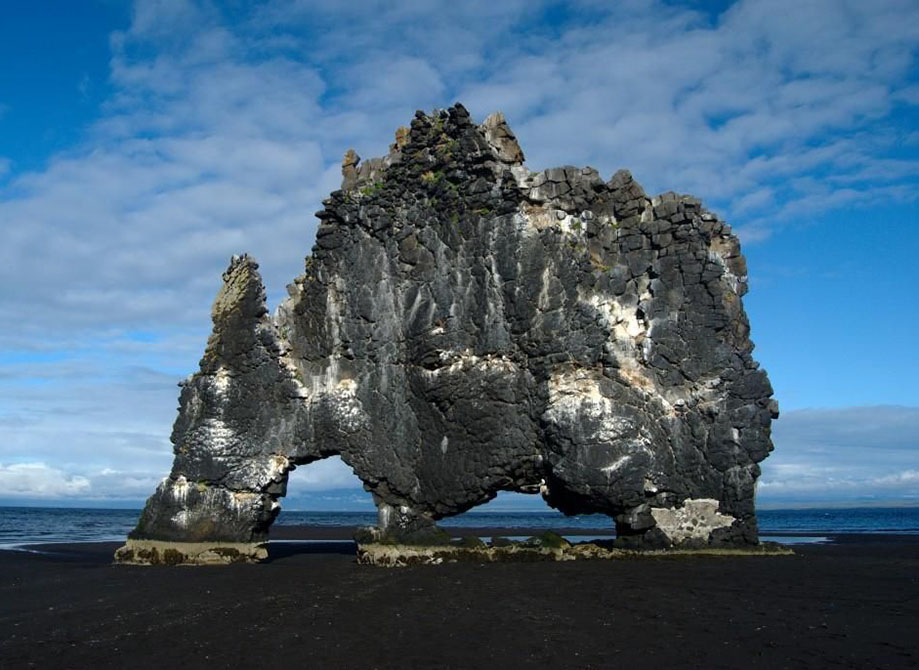
I ended the day in Borgarnes, a peaceful town by the sea, where I enjoyed a quiet dinner and watched the colors shift over the mountains as the sun began to set.
Day 7: Back to Reykjavik – The Journey Ends
The final stretch brought me full circle. Before returning to Reykjavik, I made one last stop at Hraunfossar, a series of waterfalls that emerge from underneath a lava field. It was surreal—water flowing out of solid rock, trickling down like a delicate lace curtain. I stayed longer than I intended, trying to take in every detail so I wouldn’t forget.
Back in Reykjavik, I returned the car and checked into a small boutique hotel near the harbor. That night, I walked along the water, reflecting on everything I’d seen. It’s hard to explain just how vast and varied Iceland is. Every turn of the road had revealed something new: glacier tongues, frozen lakes, moss-covered craters, steaming vents, quiet villages, wild beaches.
Tips and Thoughts from the Road
Would I recommend this trip?
Absolutely. But not for those in a hurry. Iceland’s Ring Road isn’t just a scenic route—it’s a full immersion into a world that feels untouched, vast, and deeply humbling. It demands time, patience, and a willingness to be fully present. This isn’t the kind of journey you race through with a checklist in hand. It’s one where you surrender to the rhythm of the land, slow down, and allow yourself to be awed again and again.
Over the course of my trip, I found myself repeatedly stunned by the diversity of the landscapes—each turn revealing something entirely different from the last. One moment I’d be driving through a snowy mountain pass, the next I’d be standing beside a roaring waterfall, and not long after that, I’d be watching waves crash on a black sand beach under a moody sky. The sense of constant discovery is what made this journey feel like something truly special.
A few personal tips for fellow travelers:
- Always check road conditions. Some sections of the Ring Road—especially in the east and north—can be tricky to navigate due to snow, ice, or strong winds. The official Icelandic road condition website became my daily ritual every morning before driving.
- Fill up on gas frequently. You might drive for hours without seeing a gas station, and running low in the middle of nowhere is not a situation you want to experience. I made it a rule to never let the tank drop below half.
- Book accommodations in advance. Especially in the quieter regions, options are limited and often fully booked. I met a few travelers who had to sleep in their cars because they hadn’t planned ahead. I was glad I reserved my stays before the trip.
- Layer your clothing. The weather in Iceland is unpredictable and can change in minutes. I went from sunny skies to a sudden snowstorm in the span of an hour. Wearing layers helped me stay warm and dry without overpacking.
- Stop often. Some of my most cherished memories came from pulling over at places with no names—just because something caught my eye. Whether it was a flock of birds, a hidden waterfall, or a surreal stretch of lava field, those unscheduled moments became the soul of the journey.
Iceland’s Ring Road doesn’t just show you its geography—it reshapes your relationship with space, silence, and solitude. There were moments I felt incredibly small, swallowed by the sheer scale of nature. But there were also moments I felt deeply connected—to the land, to the quiet, to something ancient and grounding.
And that, for me, is the true beauty of Iceland: it doesn’t just ask you to look outward—it invites you to look inward. To pause. To feel. To rediscover your own sense of wonder.
